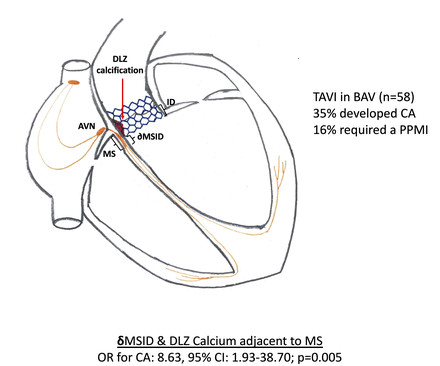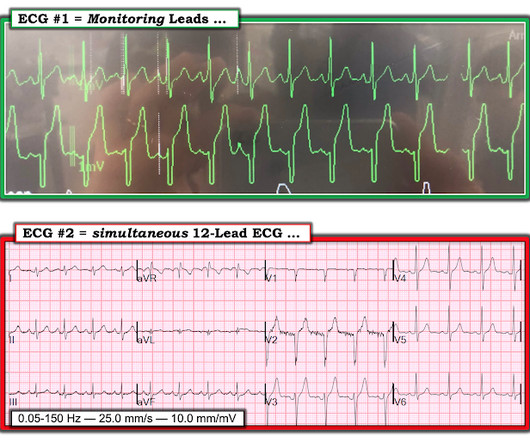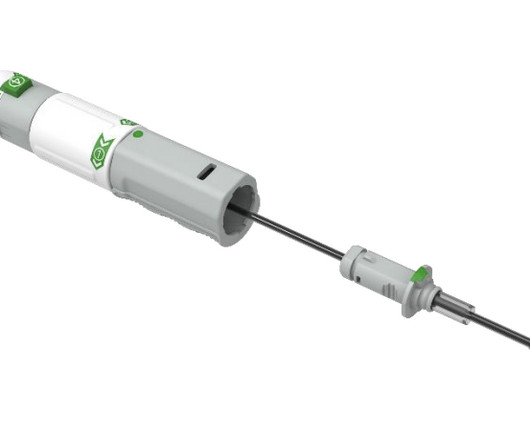Outcomes Following Transcatheter Aortic Valve Replacement for Aortic Stenosis in Patients With Type 0 Bicuspid, Type 1 Bicuspid, and Tricuspid Aortic Valves
Circulation: Cardiovascular Interventions
OCTOBER 17, 2023
BACKGROUND:Data concerning the outcomes of transcatheter aortic valve replacement in type 0 bicuspid aortic stenosis (AS) are scarce. Ascending aortic diameter was the single predictor of 1-year mortality in type 0 bicuspid patients (hazard ratio, 1.59 [95% CI, 1.03–2.44];P=0.035). 2.44];P=0.035).












Let's personalize your content